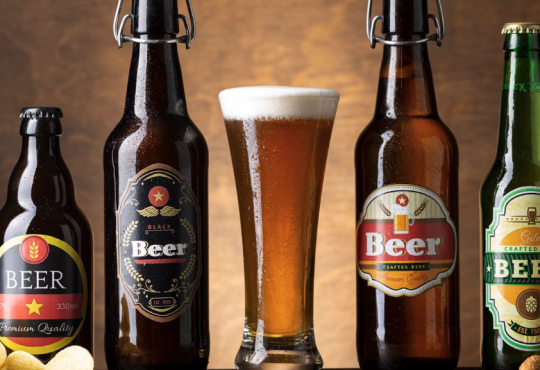What You Need to Know Before Customizing Your 12 Foot Refrigerated Box Truck for Peak Efficiency

Introduction
You’ve decided that a 12 foot refrigerated box truck fits your delivery model. Good call. Now comes the real work: customization. Customizing isn’t just about adding logos or color schemes. It’s about tailoring insulation, layout, and refrigeration to your unique workflow. Let’s break it down so you get maximum uptime, minimal waste, and smooth operation from day one.
Define Your Temperature Needs
First question: are you shipping frozen goods at –18°C or fresh produce at 4°C? Or both? Knowing your range matters. Composite panels built with XPS and PU foam deliver a base insulation R‑value, but your refrigeration unit choice must match that. A unit designed for deep freeze uses more power than one for mild chilling. What this really means is you’ll pay more upfront for a high‑capacity system that you may never max out.
Plan Your Cargo Layout
Next up, the interior frame. Aluminum alloy and steel reinforcement let you design rack systems, pallet guides, or sliding trays. If you work with crates of berries, adjustable shelving makes sense. For full‑size pallets of frozen meat, pallet rails keep loads secure. Take time mapping your typical load. The wrong layout forces extra loading steps and slows delivery times.
Choose the Right Refrigeration Unit
Compatibility is key. A 12 foot refrigerated box truck accepts a variety of units, electric standby, belt‑driven, or diesel engine. Electric standby can keep cool while parked, great for frequent stops. Belt‑driven ties into the engine for continuous power, but idling could run afoul of local noise restrictions. Diesel units are independent and powerful, but they add weight. Consider your route profile and local regulations before ordering.
Insulation Upgrades Where It Counts
Standard composite walls handle most scenarios. But if you haul particularly temperature‑sensitive cargo, consider extra foam thickness or corner seals. Pay attention to the door, heat leaks there. Talk to your fabricator about a reinforced door frame with high‑density foam and robust gaskets. That small tweak prevents a lot of temperature drift on hot days.
Electrical and Monitoring Systems
You need more than a thermometer stuck to the wall. Remote monitoring systems let you track temperature in real time, set alarms, and log data for food safety audits. Wiring must integrate cleanly with the refrigeration unit. Discuss your telematics requirements ahead of time to avoid messy retrofits. A well‑integrated system can save you from a spoiled load, and a potential compliance headache.
Exterior Considerations
Your truck isn’t just a fridge. It’s also a moving billboard. High‑reflectivity paint reduces solar heat gain. Vinyl wraps protect the composite from UV damage. And if you operate in colder climates, heated mirrors and a block heater might be smart add‑ons. Think about where you drive and what conditions you face daily.
Maintenance Access
Here’s the thing: easy maintenance beats durability upgrades every time. Specify access panels for the refrigeration unit, exterior coolant hookups, and drain valves. A ground‑level service panel can cut maintenance time in half. That adds uptime and keeps your truck on the road instead of in the shop.
Compliance and Certification
Food safety standards demand documented cold chain control. Work with a builder certified by industry bodies. Your truck should come with documentation on panel R‑values, refrigeration unit specs, and wiring diagrams. That paperwork makes health inspections smooth and shields you from liability.
Conclusion
Customizing a 12 foot refrigerated box truck is a balance of needs, costs, and regulations. Define your temperature range early. Map your cargo, pick the right refrigeration unit, and upgrade insulation where leaks happen. Don’t forget remote monitoring and maintenance access. With those pieces in place, you’ll end up with a truck that’s efficient to run, easy to service, and built for your business model.







